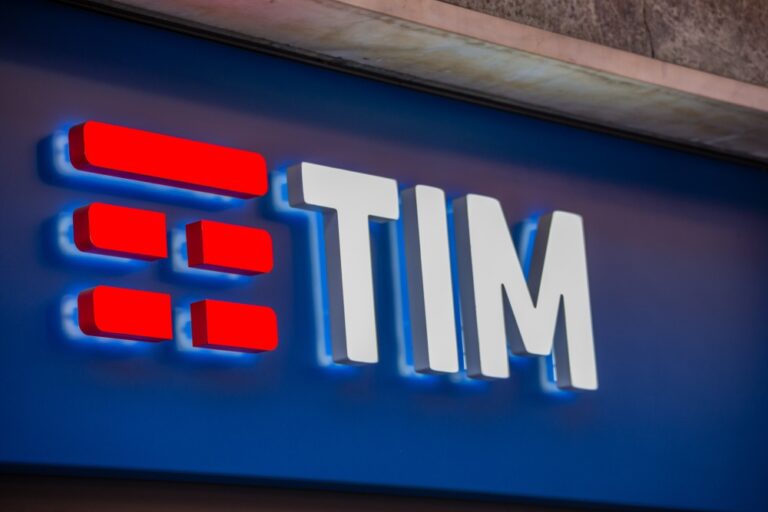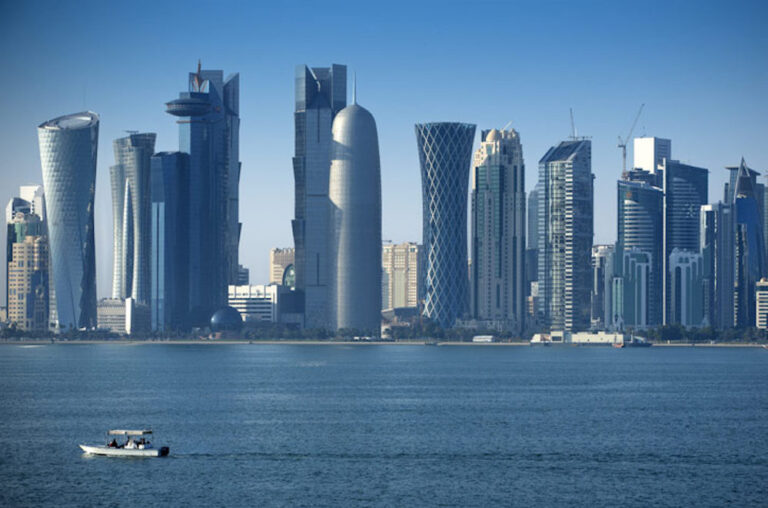New slim triple-band, tri-sector 5G radio does work of nine
Ericsson has created a new triple-band, tri-sector radio that can do the job of nine of its peers, promising stronger signals for a fraction of the cost. The Radio 6646 needs 40% less power than triple-band single-sector radios and, with its light aluminium composition, occupies only 60% of their footprint. According to Ericsson, the signals cover a broader spectrum and are broadcast more powerfully. As electricity becomes a massive issue for mobile operators, mobile operators will struggle to power masts says Ericsson.
The new radio design packs 900, 800, and 700MHz frequency bands into one compact 2G to 5G-capable radio. As mobile operators seek sustainable systems, the Radio 6646’s low-band spectrum broadens the 5G coverage and mid-band (3.5GHz) performance while using less power. This cut in energy usage is the equivalent to charging 40 electric cars, says Ericsson.
The 60% weight-loss in the new triple-band, tri-sector radio will makes installations a lot saving time on fitting them, money on tower rental space and lowering the electricity bill. Since one Radio 6646 can do the job of nine single-band radios, those savings could be significant.
“The footprint and [low] energy consumption will be a powerful driver for 5G, and we look forward to the first deployments in Spain,” said Vicente Abad, RAN Technology and Support Manager at Telefonica Spain.
A radio with a wider spectrum, a smaller footprint and an easy-to-install form factor is an engineer’s dream, according to David Hammarwall, Head of Product Area Networks at Ericsson. “This will simplify deployments and extend 5G coverage. Service providers can scale up 5G Standalone deployments with new applications for consumers, enterprises, and mission-critical communications,” said Hammarwall.
Radio 6646 will expand the wide-area reach, outside-in coverage from rooftops and towers to indoor locations such as offices, basements, stores, and homes. It will also increase the capacity of 5G networks, especially when combined with mid-band TDD over Carrier Aggregation and 5G Standalone (5G SA).
The new radio also supports the 700MHz band, which is expected to be one of the key spectrums for 5G SA deployments, where low bands extend the performance and reach of mid-band TDD. With three low bands combined, Radio 6646 will enhance both outdoor and indoor coverage for all mobile generations – 2G to 5G – as well as IoT. The frequencies are widely supported by devices and provide immense potential to increase growth of 5G services.












